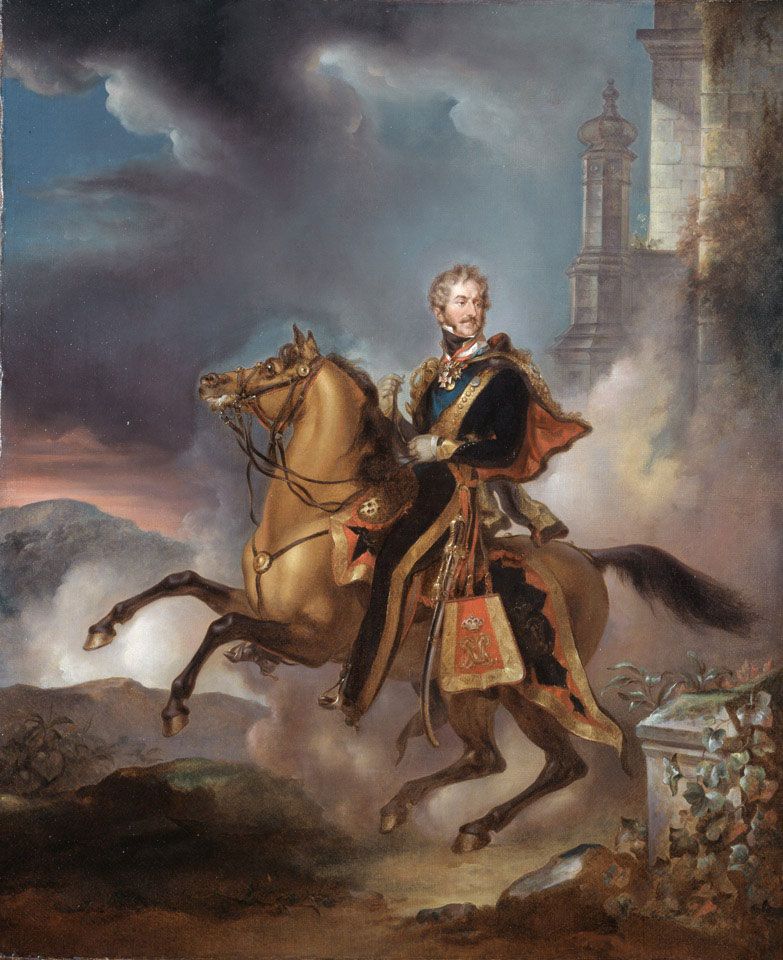Uxbridge spent the rest of the battle leading a series of charges against the French.
He was reported to have lost eight or nine horses that were shot from under him.
The Duke of Wellington meets Lord Uxbridge after the amputation of his leg.

This meeting reportedly never happened.
The doctor informed Lord Uxbridge that his leg will have to be amputated.
Henry William Paget, 2nd Earl of Uxbridge.

Oil on canvas, by Peter Edward Stroehling, 1826.
Lord Uxbridge took the news with remarkable composure.
Uxbridge was also recorded as having said, “I have had a pretty long run.

Uxbridge wanted an honest opinion from Vivian on whether or not he thought it might have been saved.
A rusty grape-shot had gone through and shattered the bones all to pieces.
The saw used to amputate Uxbridge’s leg.

Monsieur Paris, of course, loved the attention.
Those who came to see were duly impressed.
Prince Regent is said to have wept almost uncontrollably when he read the inscription on the small tombstone.

But not everyone took the shrine seriously.
The loss of his leg neither incapacitated Lord Uxbridge nor impeded his career.
Uxbridges wooden leg was hollowed out to make it lighter.
The use of catgut tendons ensured smoother and nearly soundless flexion of the joints.
Lord Uxbridges wooden leg at Plas Newydd.
At this point the Belgian Minister of Justice intervened, ordering the bones to be reburied.
But instead of re-interring the leg, the bones were kept hidden.
Lord Uxbridge remains buried at the Lichfield Cathedral, where a monument was erected to his honor.
Marquess of Anglesey’s Column in Llanfairpwllgwyngyll.